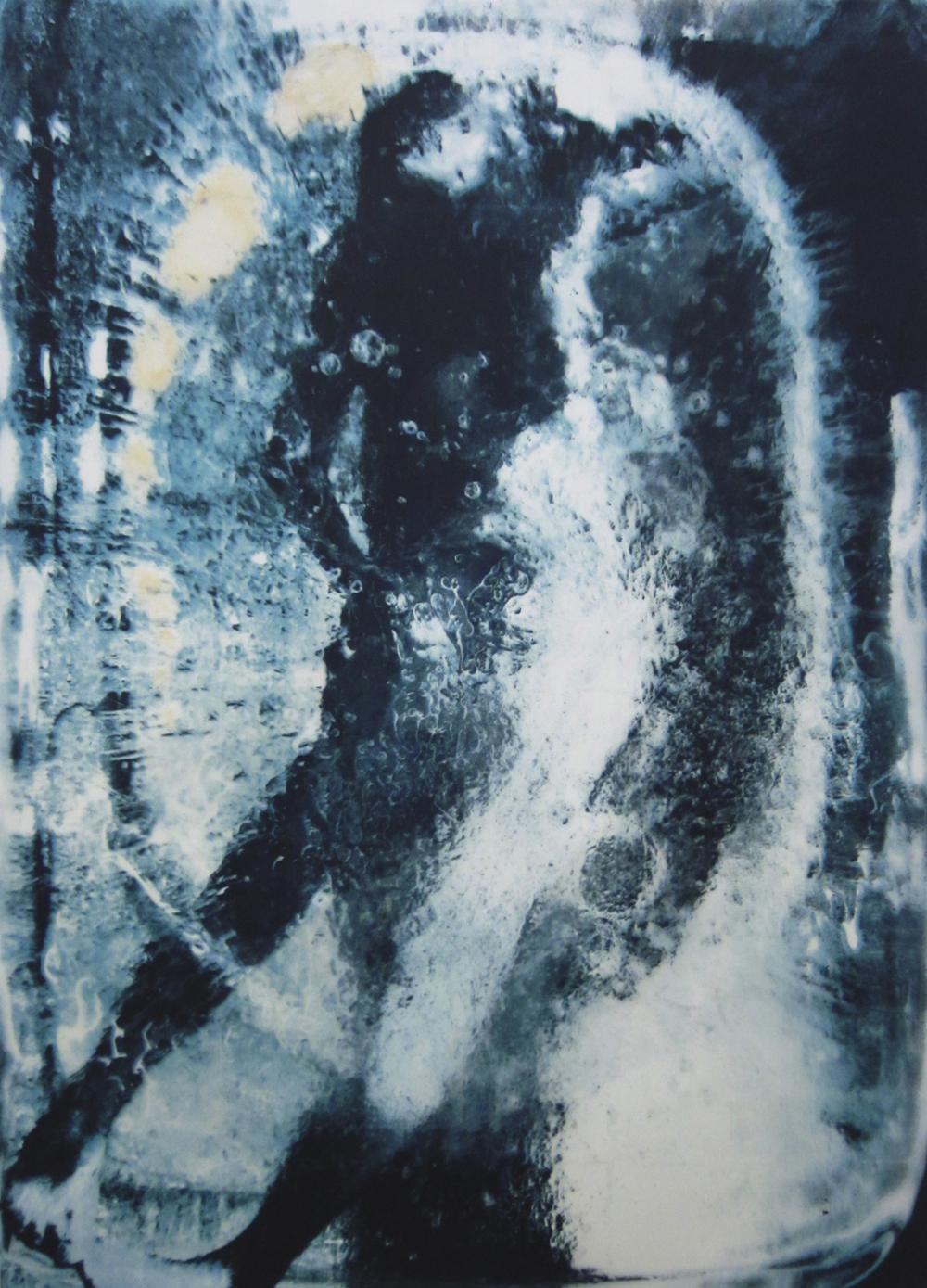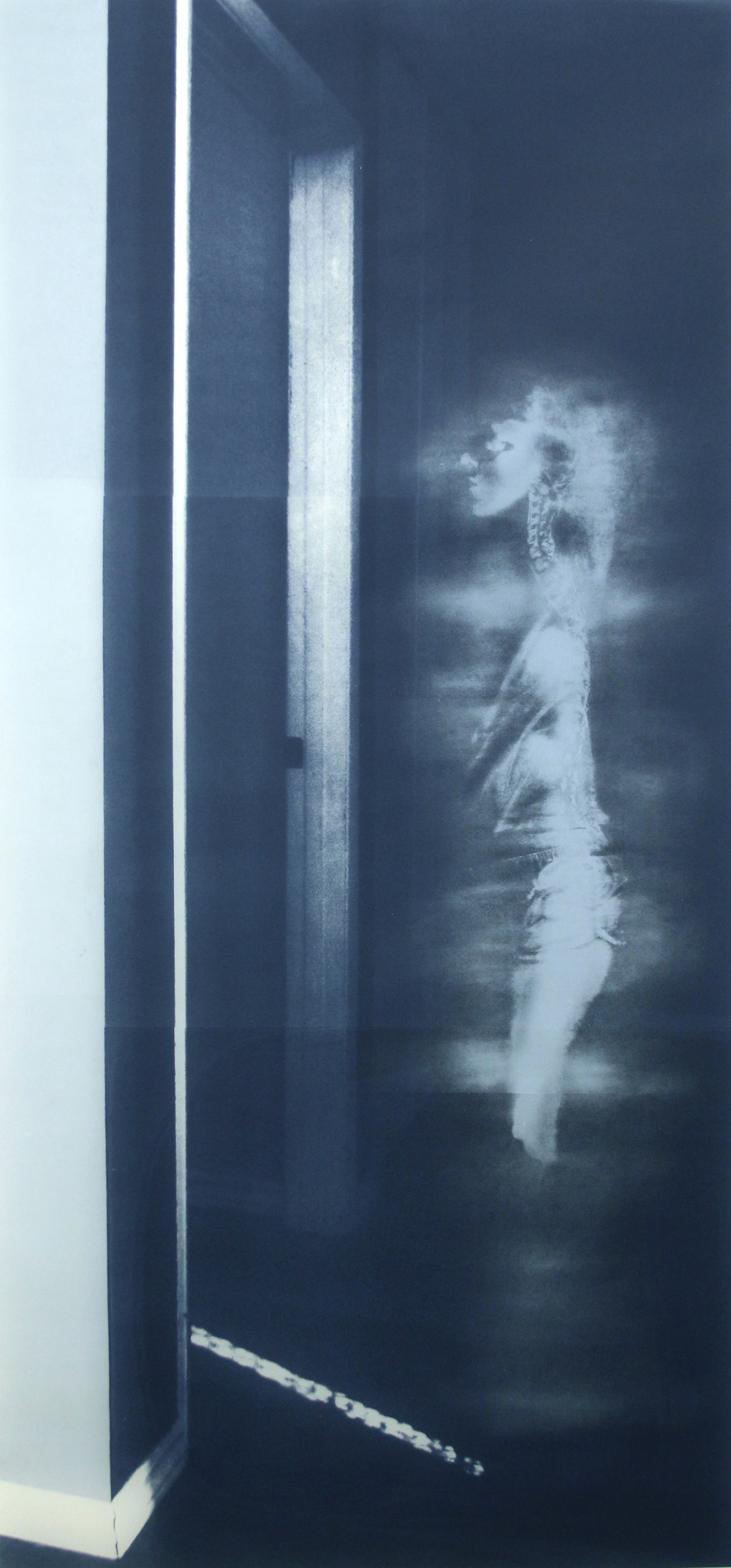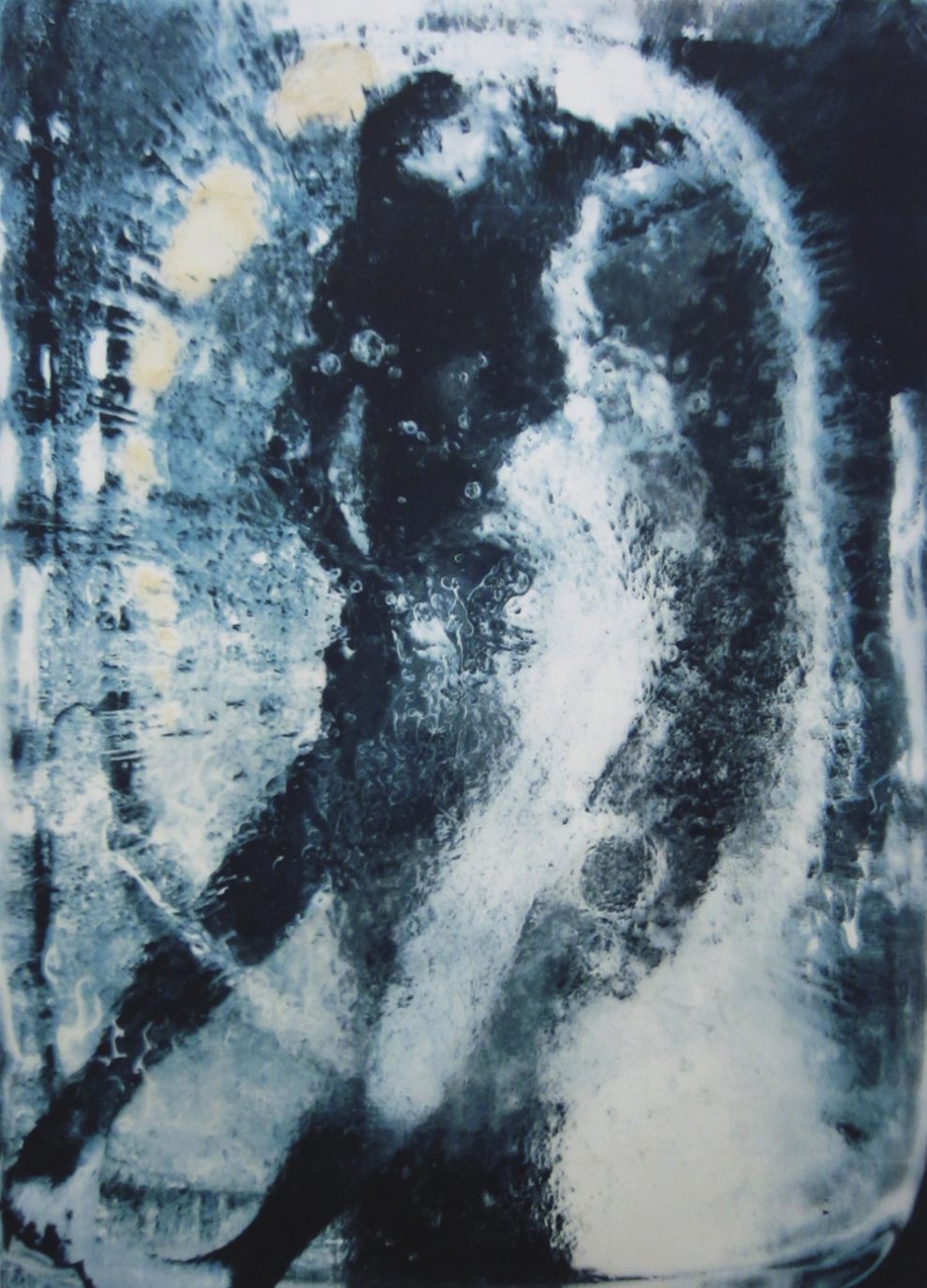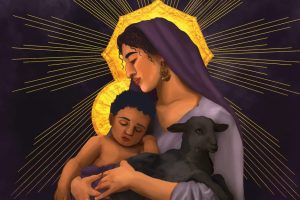When I was in my early twenties, I was diagnosed with multiple sclerosis (MS). MS is an autoimmune disease that causes the immune system to attack the central nervous system and disrupt nerve connections. This means that sometimes I lose sensation in my limbs and sometimes I have trouble seeing and thinking clearly. I have come to understand my disease as more than a list of symptoms, however. With the help of those close to me, I have come to accept chronic illness as aspect of my self-identity that shapes my most important relationships, including my relationship with God.
My illness journey began, as it often does, in a doctor’s office. Months prior, I had lost sensation in my feet and legs and after numerous medical tests, my doctor ordered MRI scans and referred me to a neurologist. After less than a minute looking at my scans, my new neurologist solved the mystery of my diagnosis. As a specialist, he was trained see MS represented in MRI scans. He saw the small white spots that shouldn’t be there, which represented missing nerve connections.
My neurologist had a hard time looking me in the eye, but he knew what to look for in the MRI. My untrained eye, however, could not see what he was seeing; the scans did not look like me nor did they look diseased to me.
Rather than help me to understand the MRI, my doctor assured me he was an expert and knew what he was looking for. Eventually, those MRI scans became the way I saw my illness as well. Outwardly, I looked healthy and able-bodied, but my MRIs served as a visual reminder that I was chronically ill and becoming disabled.
Just as I was discovering who I was and what I wanted for my life, MS radically altered my identity. I was attending Vanderbilt Divinity School at the time, and I struggled to understand what this diagnosis meant for my relationship with my body, my friends, and God.
At first, MS felt like a setback, an obstacle to accomplishing the things I wanted for my life. As a good student, I searched for the meaning of illness in my theology books. I thought that if I could only understand why God allowed illness to exist, I could learn to accept and perhaps even master my disease. I soon learned, however, that my illness was not a mystery to be solved and learning to live with chronic illness what not something anyone should do alone.
For many years, I was reluctant to share my diagnosis with those around me for fear that I would be pitied, or worse. The only place I spoke about my illness was in my doctor’s office, but I did not dare broach the kind of existential crisis I was experiencing as a result of my illness. Being a medical patient became part of my identity, and in medicine illness is seen as a defect to be remedied or ameliorated, not something to be embraced.
I am, of course, grateful for all the doctors and nurses that have taken care of me over the years, but medicine alone did not offer me the healing that I needed. Medicine can help to heal the body, but it rarely attends to the other kinds of wounds illness can cause. Learning to love and accept myself required sharing my illness journey with others.

Darian Goldin Stahl, Numb, 2013; silkscreen, 40 x 32 inches.
My spiritual healing came through art. Years after my diagnosis, my sister Darian Goldin Stahl, a print artist, presented me with a piece of art she created titled Numb. It is a female figure frozen in ice, which represents me. Bright spots float around the image, signifying the spots on my MRI scans. The image represents me and my experience of illness, which is sometimes it is cold and alienating but sometimes radiant and mysterious.
Rather than using a picture of me, Darian used a picture of herself to represent me. By substituting her flesh for my own, Darian became a part of my illness narrative as well as a part of my body image. Whereas I had only ever seen my illness represented in an MRI scan, I now had another new image of my ill body, which captured something important about my experience of my body in illness.
The divergence between this elegant image of my body in art and my body as represented in MRI scans inspired an idea: Darian could use my MRI scans in her art. Over the years I had amassed hundreds of MR images. These images, which were so uncomfortable to create and which necessitated laying for hours at a time strapped down in a narrow, loud scanner, could be transformed.
I began writing narratives about my experience with MS and sending Darian my MRIs. From there, she began to create prints that brought my MRI scans and my story together in a new form.

Darian Goldin Stahl, Hallway, 2014; silkscreen, 84 x 42 inches.
In Hallway (shown above), I stand in front of an open door, about to cross the threshold. My body appears slightly ghostly, sharp in some areas but hazy in others. My feet and hands are nearly invisible. Darian created the body in this image by stamping her own body into charcoal and then layering those impressions with my MRIs.
Because we live far apart, Darian is forced to use her body to represent mine, but this act brings our bodies together in an act of bodily communion. Through art, Darian and I cohabitate a single body. By merging her flesh with my flesh, she also takes on my illness as her own and in sharing my burden, lessens it for me.
Darian’s art is a practice of caretaking that unites us. Her art does not merely signify our kinship, but both binds us together and binds my wounds. This takes work on my part as well; I must be willing to give up ownership over my image to another—I must be willing to be vulnerable. I must once again submit my body to another person who wishes to tell my story, to create representations of me.
Unlike my physician, however, Darian’s construction of my image actively involves me, it requires my scans as well as my story. She carefully and lovingly sits with my images, reads my narratives, and works to make a representation of me that is true to who I am and what I experience. Her art both represents my experience, and it also challenges me; it asks me to see myself differently. By creating multiple representations of me that are left open to interpretation by the viewer, Darian invites others to share my experience and see chronic illness and disability differently.
Mine is a fragile and wounded body, but it is also a body that cannot be reduced to a single image or medical diagnosis. Although our culture tends to associate illness and disability with weakness and defect, Darian’s art exalts the ill and disabled body—making it seem powerful and mysterious. Through her art, Darian transforms my woundedness into an opportunity for beauty and communion.
Giving over parts of myself has strengthened my relationship with my sister, and it has taught me the power of vulnerability. Allowing your vulnerability to be seen by another, particularly another who loves you and wishes to make room for you can be liberating. Because at the end of the day, my desire is to be seen, known, and loved.
Allowing myself to be vulnerable before Darian allows her to begin to fill that desire within me. And I recognize that my desire to be known and loved is already connected to my desire for God. Acknowledging my need to be seen in this way makes room for God to fill those spaces in my heart. Submitting my vulnerability before Darian gives way to my desire for God, which reveals God’s unchanging and infinite love for me. Allowing Darian to take care of me through her art also allows me to see myself as part of God’s own body—both the broken and scarred body of Christ as well as the body of the church.
Although I was once reticent to share my illness narrative with my church community, I now see the power in being open and honest about my vulnerabilities and my needs. My vulnerability is a gift I give to my community. Rather than hide my illness away, I challenge people to see illness differently and to embrace their own fragile bodies.
Darian invites others into our bodily communion when she exhibits her art. Two bodies come together in the art and others act as a witness to our creation. By bringing together my story and my medical images into her art, Darian allows me to co-create a new image of the ill body with her.
We hope that when others see this new body, they will understand the transformative power of art for persons with chronic illness and disability. Perhaps some will even see illness and fragility as a doorway to God, rather than an obstacle for their faith.
Often, these kinds of religious insights happen in church, but we believe they can also happen in spaces outside of the church, such as the art gallery, as well. The gallery can become a holy space when it allows us to connect with God, ourselves, and our neighbors more intimately.
Countless others, including Riva Lehrer, Katherine Sherwood, Laura Ferguson, and Elizabeth Jameson are helping to transform our cultural associations of illness and disability through re-making their bodies in art. Not all of these artists see their work as inherently religious, but they challenge Christians to unmask their own theological understandings of illness and disability as well as how they welcome persons with disabilities in their own congregations.
Christians have historically associated disability with sin and have been less than welcoming to persons with disabilities. It is time to challenge these beliefs and attitudes, and I believe art may aid in this endeavor.
All images ©Darian Goldin Stahl. Reprinted with permission.













Add comment